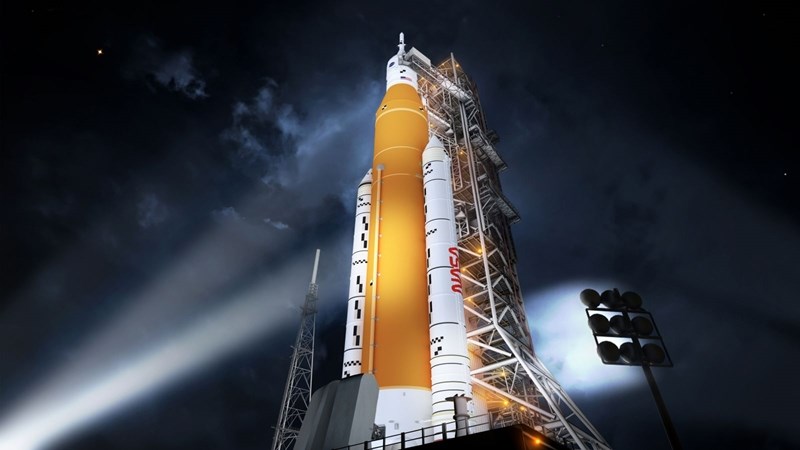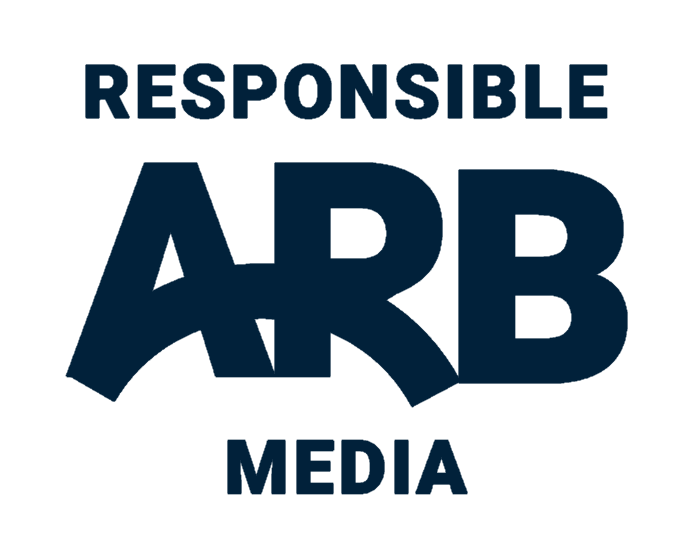International
#Artemis: We’re going back to the moon─── 06:55 Mon, 29 Aug 2022

After years of delays, NASA is finally launching its Artemis I mission, taking a major step in returning humans to the moon — and, eventually, landing them on Mars.
On Monday morning, the first Space Launch System rocket, carrying the Orion spacecraft, will launch from the Kennedy Space Center in Cape Canaveral, Florida. Although it is an unmanned mission, the event is a crucial test flight that, if successful, will set the stage for major space ventures over the next few years.
What is the Artemis I mission?
Artemis I is a massive, 42-day test flight that has a main goal of making sure everything goes smoothly with the rocket and spacecraft, and ensuring that astronauts would make it safely home, The Verge reported.
“Artemis I will be the first in a series of increasingly complex missions to build a long-term human presence at the Moon for decades to come,” according to a mission statement on NASA’s website.
“This is a test flight. It’s not without risk,” Bob Cabana, NASA associate administrator, told CBS News. “We have analyzed the risk as best we can and we’ve mitigated it as best we can. But we are stressing Orion beyond what it was actually designed for in preparation for sending it to the moon with a crew.
"And we want to make sure it works absolutely perfectly when we do that and that we understand all the risks. We’re going to learn a lot from this test flight.”
The Orion spacecraft will have three mannequins strapped inside — one wearing one of the flight suits astronauts would wear on future missions, and the other two carrying radiation detectors to determine how much radiation astronauts would be exposed to during a trip to the moon, according to The Verge.
“It will fly further from Earth than any spacecraft designed for humans has ever flown before, reaching a distance of 280,000 miles away from Earth,” per The Verge.
In total, after several days of orbiting around the moon, the mission would have travelled roughly 1.3 million miles over the course of 42 days, according to NASA’s website.
What time is the Artemis 1 space launch?
The Artemis I launch is still a go for Monday 29 August 2022 — even after a series of lightning strikes at the launch pad on Saturday, NPR reported.
The targeted lift-off will be between 6:33 a.m. and 8:33 a.m. MDT, and as of Sunday, the chances of good weather has gone up to 80% — although that percentage decreases to 60% near the end of the two-hour window due to possible scattered showers and storms, CNN reported.
If the launch is unable to happen on Monday, backup options include Sept. 2 and Sept. 5, according to Space.com. On Sept. 2, the Space Launch System rocket would have a two-hour window to launch starting at 10:48 a.m. MDT, while the Sept. 5 launch date would have a 90-minute window to launch starting at 3:12 p.m. MDT.
How to watch the Artemis I space launch?
You can watch the Artemis I launch via NASA’s website, the NASA app and NASA TV. NASA will begin streaming the event on Aug. 28 at 10 p.m. MDT, USA Today reported.
NASA will also provide updates throughout the 42-day mission, which concludes on Oct. 10 when it splashes down over the Pacific Ocean near Baja, California, according to USA Today.
What happens after Artemis 1?
If the Artemis I mission goes well, there will be a second mission that will carry people onboard the Orion spacecraft, according to The Verge. It would mark the first manned mission to the moon since the Apollo era, although the astronauts would just orbit and not land.
A third Artemis mission in the works would land the first woman on the moon, The Verge reported.
“This is a mission that truly will do what hasn’t been done and learn what isn’t known,” Mike Sarafin, Artemis I mission manager at NASA Headquarters in Washington, said in a statement, per Yahoo! News. “It will blaze a trail that people will follow on the next Orion flight, pushing the edges of the envelope to prepare for that mission.”
“The Artemis programme hopes to return astronauts to the surface of the moon by 2026 and establish a sustainable human presence there by the end of the decade,” according to Yahoo! News.













